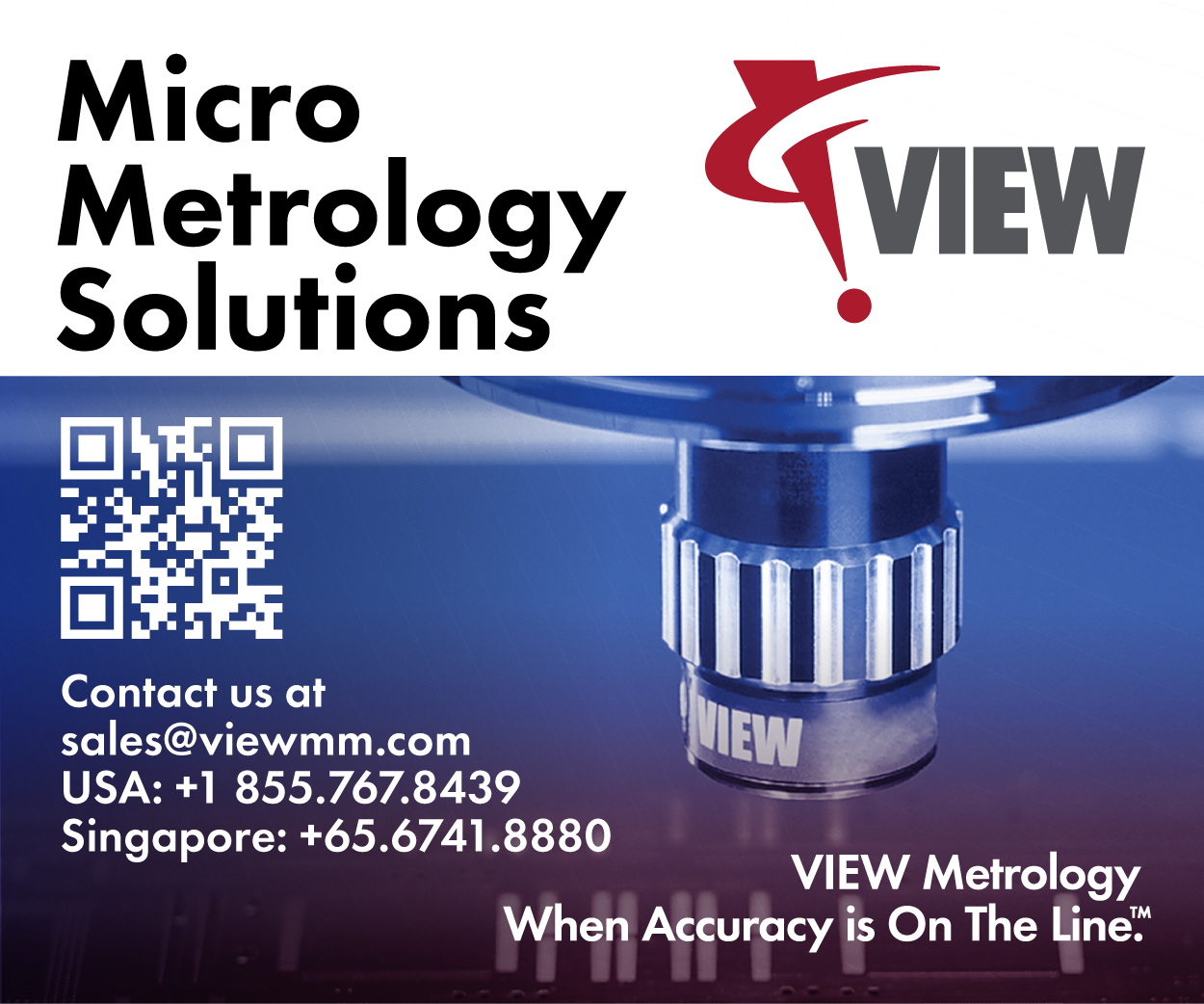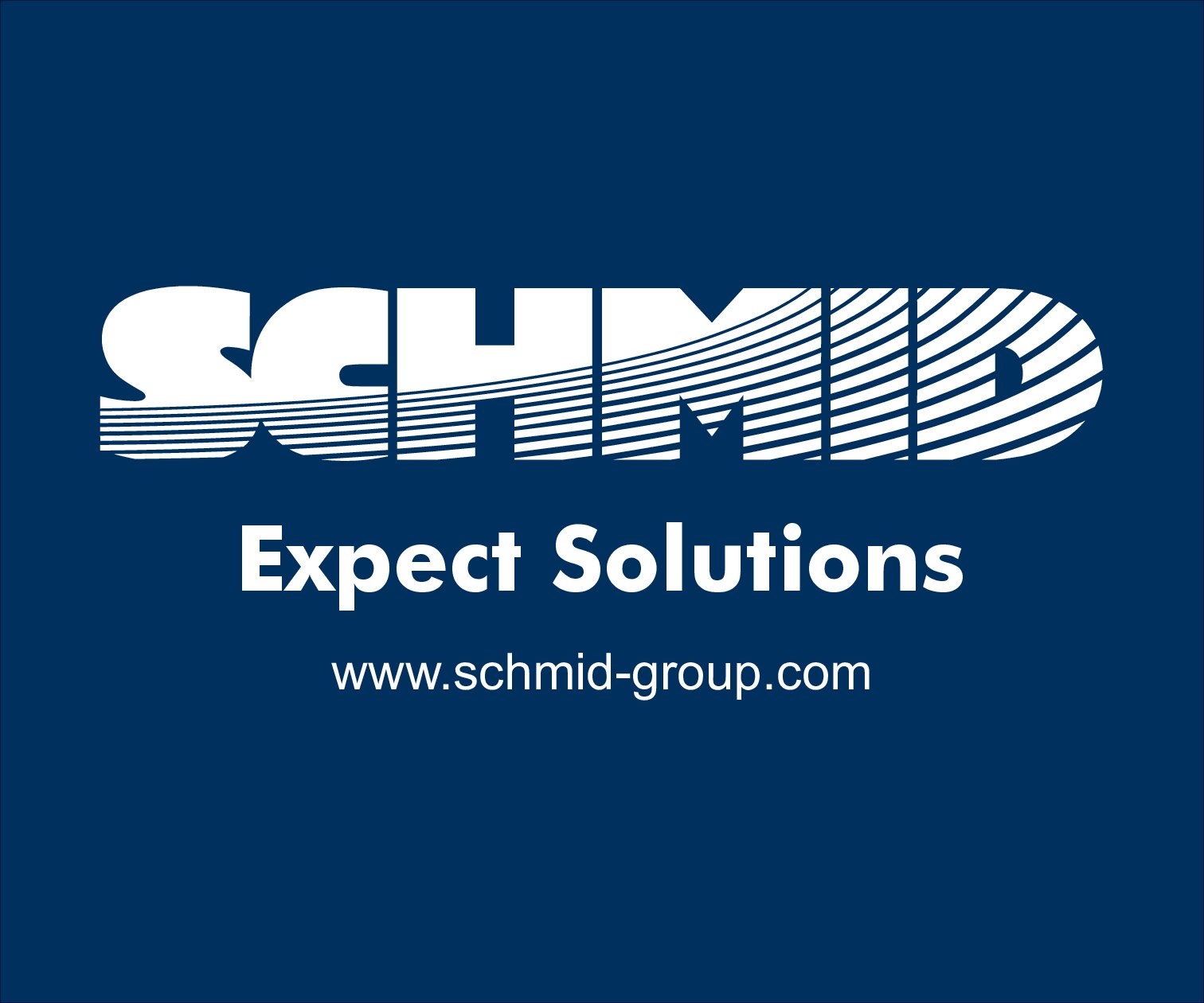 Heterogeneous integration is in many ways different from other research technology platforms. For one thing, the technology is mostly driven by specific customer needs and hence extremely difficult to anticipate. For some applications, we need to build, on top of CMOS, various sensors, filters, fluidic channels or photonics circuits. For certain other applications, we sometimes even use exotic substrates like quartz. We should also provide a path for large volume manufacturing to help the customers take the product to market.
Heterogeneous integration is in many ways different from other research technology platforms. For one thing, the technology is mostly driven by specific customer needs and hence extremely difficult to anticipate. For some applications, we need to build, on top of CMOS, various sensors, filters, fluidic channels or photonics circuits. For certain other applications, we sometimes even use exotic substrates like quartz. We should also provide a path for large volume manufacturing to help the customers take the product to market.
Nevertheless, there are some general trends that create challenges for the future. For example, there will be a convergence between monolithically built systems-on-chip (SoCs), and heterogeneously integrated devices realized by wafer or die bonding at wafer or package level. One important challenge will be to make the right choices – in terms of cost and partitioning – for each of the targeted applications. Secondly, if we want to build smart devices for new applications, we will have to combine various CMOS technology nodes and integrate complex materials in a CMOS-friendly process flow. And finally, heat dissipation and power consumption have become issues for many applications, requiring the development of new technologies for power and thermal management.
Below, we illustrate how we address some of the specific requests in three case studies.
In a first case, we had to integrate vertical SiGe electrodes into high-speed Cu/low-k CMOS technology. The real challenge was to integrate new materials and build new applications on top of processed 65nm CMOS wafers in our cleanroom. Previously, a first generation of devices was made and validated on 0.25µm CMOS technology with Al in the back-end. In 2015, we started to develop the technology for the 65nm Cu/low-k technology node. Due to the differences in the back-end-of-line, we modified the integration scheme and could successfully meet the new requirements. In our new integration scheme, we replaced the Cu/low-k stack by oxide, we moved the packaging technology from wire bonding to flip-chip technologies (to accommodate for the large number of I/O’s) and introduced a novel wafer backside thinning approach.
In a second example, imec developed a 3D-RF interposer technology (with high quality factor integrated passive devices) on 200mm high resistivity wafers. This platform has some key attributes such as low cost and small form factors. These facilitate its application in base stations for telecom, serving the needs of future smart cities and the Intuitive Internet of Things. Our new technology relies on Cu/Ox back-end, which exhibits superior reliability compared to Cu/low-k. It is entirely processed in a 200mm CMOS compatible environment with use of temporary bonding and de-bonding to tape for the through-Si via processing.
In a third case, we developed a EUV sensor for lithography applications. The real challenge is to have a structure with regions blocking EUV light and regions where EUV light is passed through. The most obvious implementation is to use an EUV opaque layer, with Al being the best candidate material, and to selectively remove it to obtain open regions where light needs to be transmitted. However, the reproducibility of this implementation turned out to be quite pore. We have therefore recently developed a new and more robust implementation scheme, in which Al was replaced by tungsten, and air by silicon (as a light transmitting region).
These examples illustrate the diversities of our R&D activities in the domain of heterogeneous integration. We showed how we tackle various challenges ranging from integrating new materials (cases 1, 2 and 3), developing and integrating new modules to enable novel applications on top of CMOS from an advanced technology node (case 1), developing innovative packaging solutions (case 2) and building novel sensor and light filtering solutions on top of CMOS (case 3). This way by integrating new material and modules into the CMOS environment, we enable new applications to meet customer needs. Depending on our customer’s needs, our heterogeneous integration services go from development-on-demand, over prototyping, to low-volume production. ~ H. Osman





![[err-ad-fallback-title]](http://www.3dincites.com/wp-content/plugins/a3-lazy-load/assets/images/lazy_placeholder.gif)














